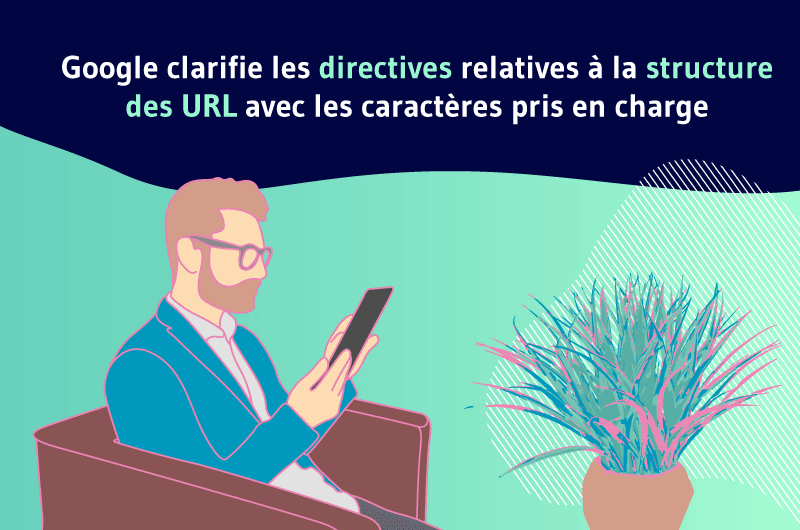You know one of the most important things for your website to be appreciated by users and by Google? URLs! Yes, those little strings of characters that indicate the address of your web pages are essential for providing a good user experience and optimizing your natural referencing.
But not all URLs are created equal. There are some best practices to follow to make your URLs user-friendly and effective. And guess what? Google has just updated its recommendations on URLs.
Want to know what Google expects from you when it comes to URLs? Then stick with me, I’m going to explain it all to you in this article!
Google’s new URL structure guidelines
In a recent update, Google clarified URL structure, detailing the specific characters Google Search can handle in URLs.
According to the revised guidelines, Google has adopted the URL standards defined by RFC 3986. The latter specifies that reserved characters must be percentage-encoded, while non-reserved ASCII characters may retain their unencoded form. In addition, non-ASCII characters must respect the UTF-8 encoding format.
Prior to this update, Google recommended keeping the URL structure of a site simple. The key factor was to organize the content in such a way that the logic behind the URL construction was easily understood by human users.
Other additions to Google’s URL structure guidelines
The “Solve this problem” section of the URL guidelines has also been updated with two notable additions.
Firstly, to solve the problem of a complex URL structure, Google recommends creating a simple, logical URL framework. The construction of the URL should aim to make it user-friendly and not cognitively difficult for humans to understand.
Secondly, if a web server treats uppercase and lowercase text in URLs in an undifferentiated way, Google suggests transforming all text into a uniform case. This will make it easier for Google to determine that different URLs point to the same web page.
These changes are intended to refine the guidelines for URL structure, helping webmasters to structure their URLs in line with Google’s expectations and, consequently, improve their visibility in the Google search engine.
In a nutshell
It’s worth remembering that Google supports URLs in accordance with the RFC 3986 standard, and the new update solves the problem of complex URLs. Hopefully this article has been useful to you, also find out Google‘s position if it needs to align with how it rewrites title tags.



